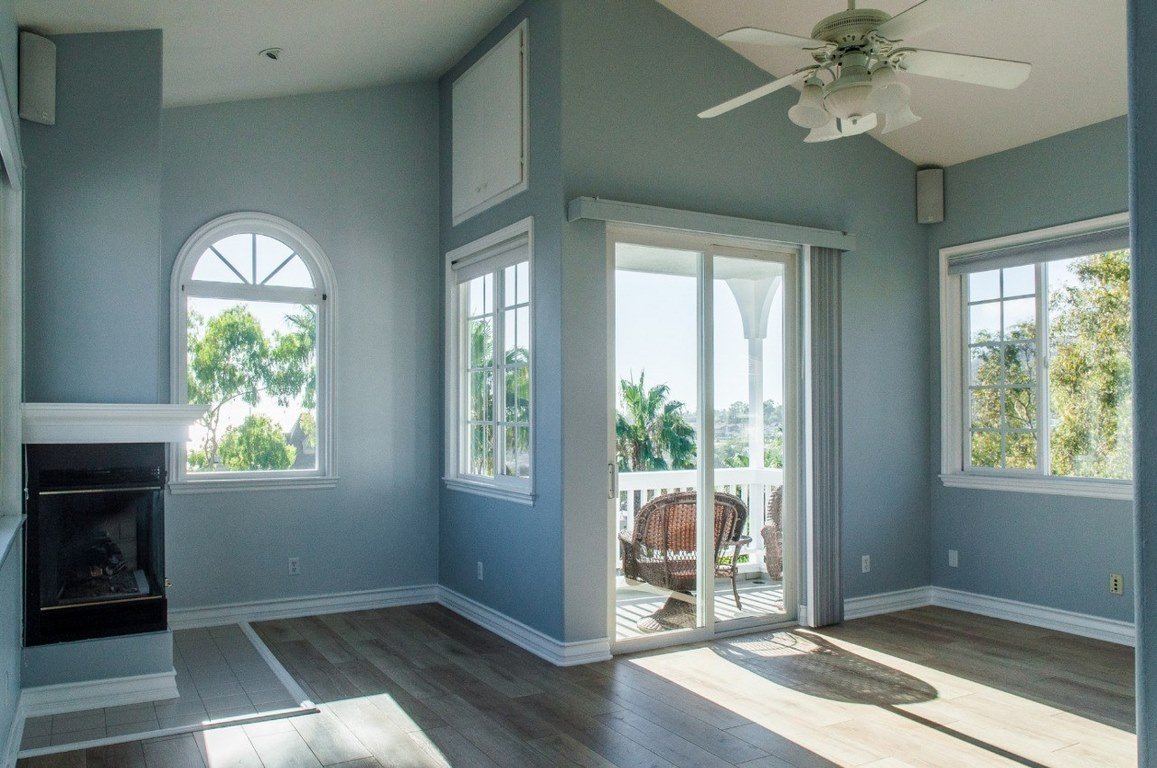The quality and kind of windows that are going to be put in your new house are critical considerations whether you are hiring a builder or acquiring a pre-built home from a developer.

As soon as a building is ready to be erected, you may typically make changes if you had originally planned on using builder-quality windows. Knowing the quality and kind of windows in the house you’re acquiring from a builder may help you determine if the price you’re being offered is worth it.
To assist you to make the proper selections, we have put up a guide in which we discuss the numerous types of builder-grade windows that exist. We’ll also take a look at the many kinds of windows that are used by architects, as well as their benefits and drawbacks.
What are we waiting for?
New builder-grade windows and new premium-grade windows look the same from the outside. Time, on the other hand, will reveal just how vast the quality gap is.
It is common for contractor windows, or builder-grade windows, to be reduced down to the essentials. In addition, they’re constructed using inferior materials.
In most cases, construction firms will use them as the standard for all new windows, regardless of the form they take on, such as casement, slider, awning, and so on. If you’ve ever had to replace a window in your home, you know that it’s only going to last a few years until it breaks down.
Premium-grade windows are on the opposite end of the scale. These are long-lasting windows. Vinyl is the most common material used in their construction.
Premium-grade windows, as opposed to those made for construction, often meet or surpass the Energy Star requirements. In addition, they often tout the following advantages:
Many reputable window companies manufacture premium-grade windows, and they back their products with extensive warranties while some come with a lifetime guarantee from the manufacturer.
You can usually tell by looking up the name of the company that makes the windows whether or not they are of builder-grade or premium quality. Even if you’re only seeking to buy a house, it’s always a good idea to inquire about the process.
Once you’ve established that your future house can accommodate premium-grade windows, it’s time to dig more into the window options available to contractors. In the next part, we’ll go through the advantages and disadvantages of various window styles.
Read Also:
When compared to hinged windows, slider windows, whether builder-grade or premium-grade, are less expensive. This sort of window is popular among builders and developers.
Benefits:
Drawbacks:
High-end houses with a modern style often have casement windows installed. Slider and hanging windows are less expensive, while casement windows are more expensive. They operate in the same way as a door, with a hinge on one side that enables the window panel to be opened.
Benefits:
Drawback:
Awning windows are casement windows that have been flipped inside out. The top of these windows has a hinge that enables them to expand outward from the bottom. Typically, they are found in attics or lofts.
These windows, when put on a slanted roof, keep the rain out even when completely opened, owing to a window panel that swings up and out of the way.
Benefits:
Drawbacks:
Due to their lower price, builders and developers often choose single-hung windows instead of double-hung windows. There is a bottom panel that pulls up and a top panel that remains in place on these windows.
Benefits:
Drawbacks:
More natural light is let in via these windows, which makes a home seem brighter and more inviting. But these windows don’t function. They can be put in places that don’t get much light, like the landings of stairs, entryways, corners, and corridors.
Builders that wish to increase the amount of glass in their windows often use these systems. Picture windows are often a part of window combinations to add more space. It is possible to position them between two sliders or two casement windows.
Benefits:
Drawbacks:
What should you do now that you know all about the different kinds of windows builders use? It’s possible to switch from builder-grade windows to premium-grade windows if you’ve discovered that your new house has (or will have) them.
Glass partitions and doors bring a gloss and style to virtually any interior, from minimalistic…
Managing residential properties is integral to real estate as it ensures that the investment is…
Explore top bathroom taps: mixer, automatic & single-lever faucets. Upgrade for style & efficiency with…
Low water pressure in the house can be more than just a minor inconvenience; it…
Crowdfunding is a busy world, and an attractive video can make all the difference between…
Find the ideal prayer mat for a deeper spiritual experience with our guide on materials,…